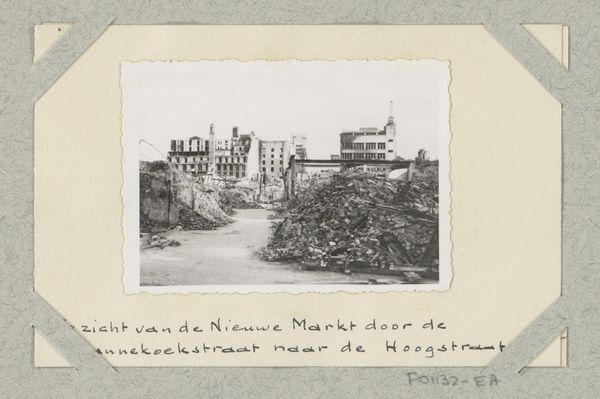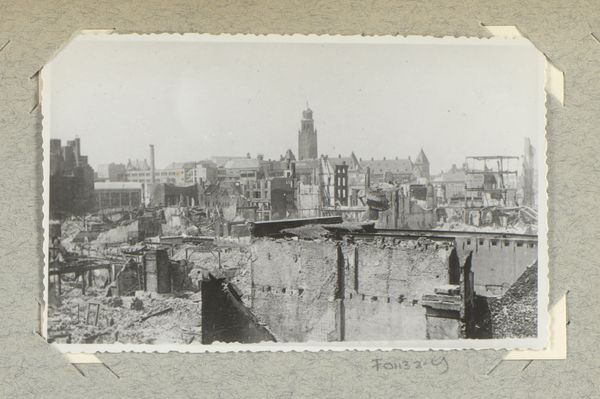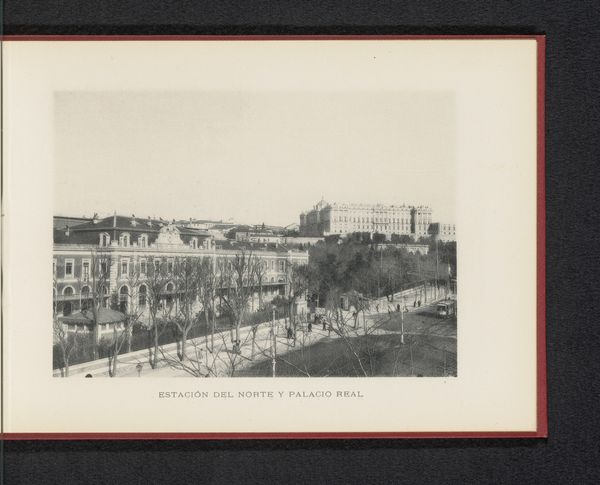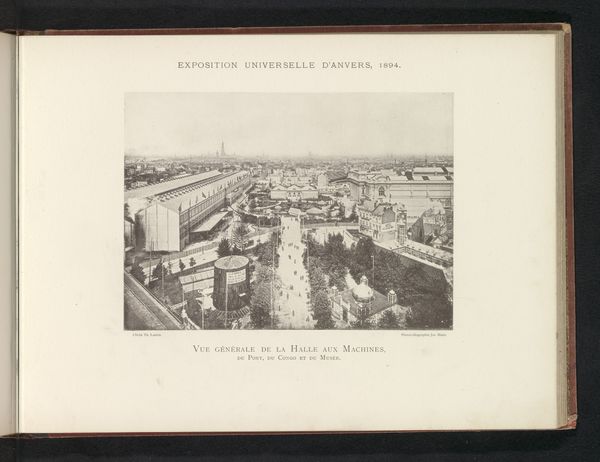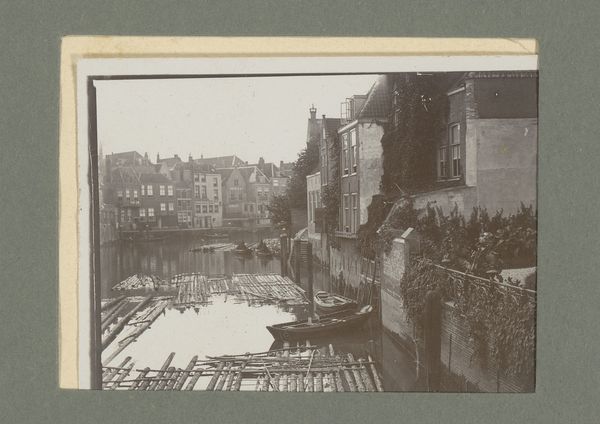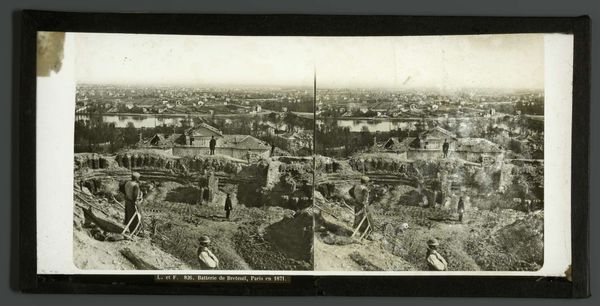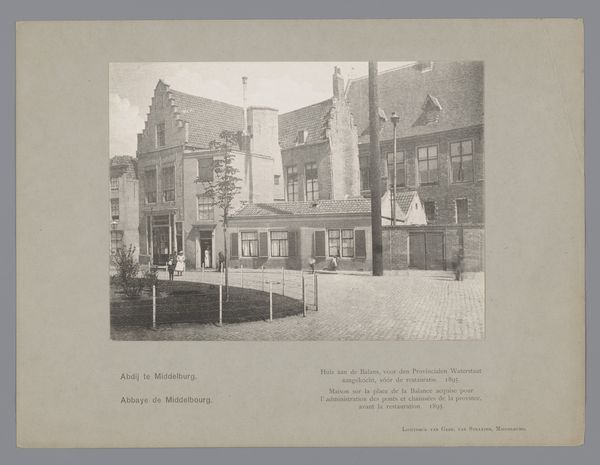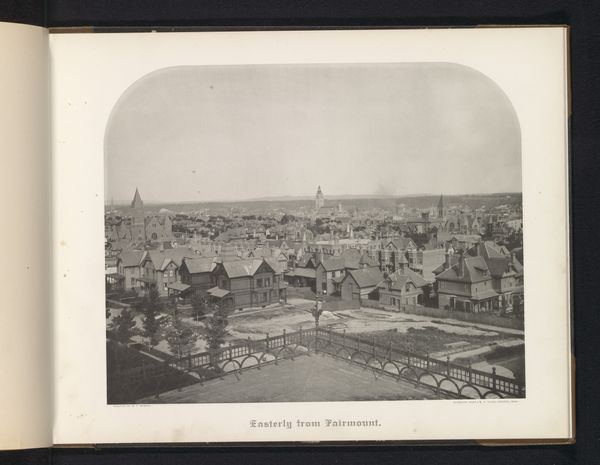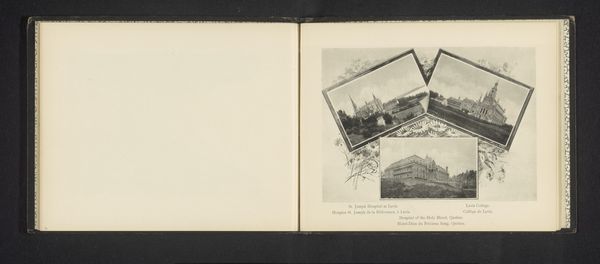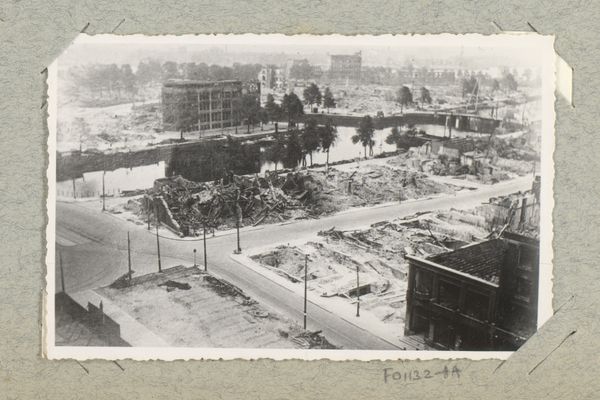
Dimensions: height 63 mm, width 85 mm
Copyright: Rijks Museum: Open Domain
Curator: This gelatin-silver print, "Ruïnes aan de Grote Markt bij de Maasbode te Rotterdam," was captured by J. Nolte sometime between 1940 and 1945. It depicts the devastation in Rotterdam following the bombing during World War II. Editor: It's stark, isn't it? The cityscape, or what's left of it, conveys utter ruin, but the geometry of the photograph, all those angles of crumbled walls, almost aestheticizes the destruction. The silver print, that range of grays, underscores the somber mood. Curator: Yes, but I also think that geometry, that grid of what was once a building, points to systems, to social order, destroyed. It reminds us to ask: Who suffered? Who rebuilt? How were the marginalized impacted and then perhaps further marginalized by reconstruction? Editor: The photograph almost becomes an icon of trauma. Destruction, followed by an attempt to reconstruct order and a new type of icon emerges from it. Look at those resilient beams still standing, they become almost totemic within the flattened cityscape. Curator: Exactly. That persistence is powerful. Yet the scene is rife with conflicting imagery. Hope for the future balanced against loss of identity, the erasure of place... We need to remember that the visual language speaks directly to a shared history of violence, resilience, and trauma. Editor: Those skeletal remains of architecture really stand in for a broken body. We almost involuntarily create symbols to map experience onto. What does it mean when those symbolic forms come directly out of physical destruction? Curator: I think it creates a powerful tension between individual and collective memory. Trauma literally reshapes the landscape, impacting generations and transforming political consciousness. Nolte’s photo captures that moment of rupture. Editor: Thinking about the image’s continued relevance, its visual language serves as a warning, not just about war but about all forms of systematic destruction and the loss of both place and memory it carries in its wake. Thank you for shedding light on all the intricacies.
Comments
No comments
Be the first to comment and join the conversation on the ultimate creative platform.
